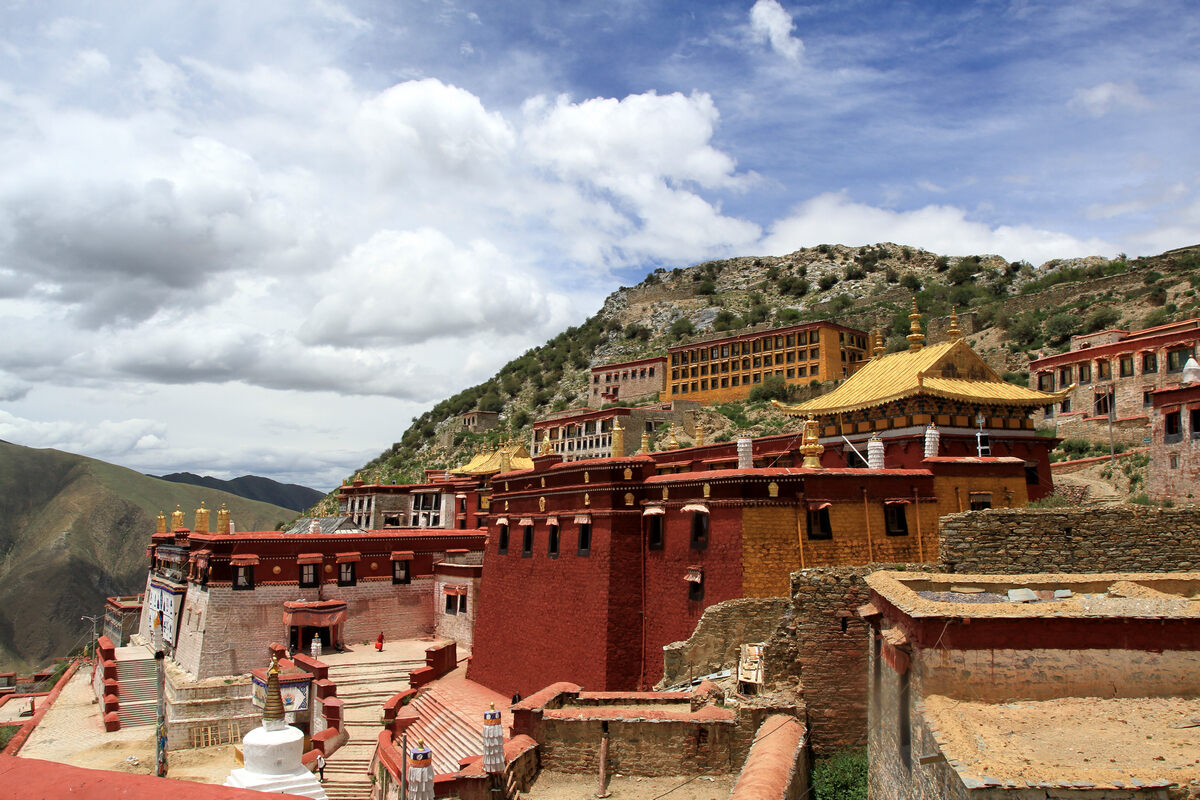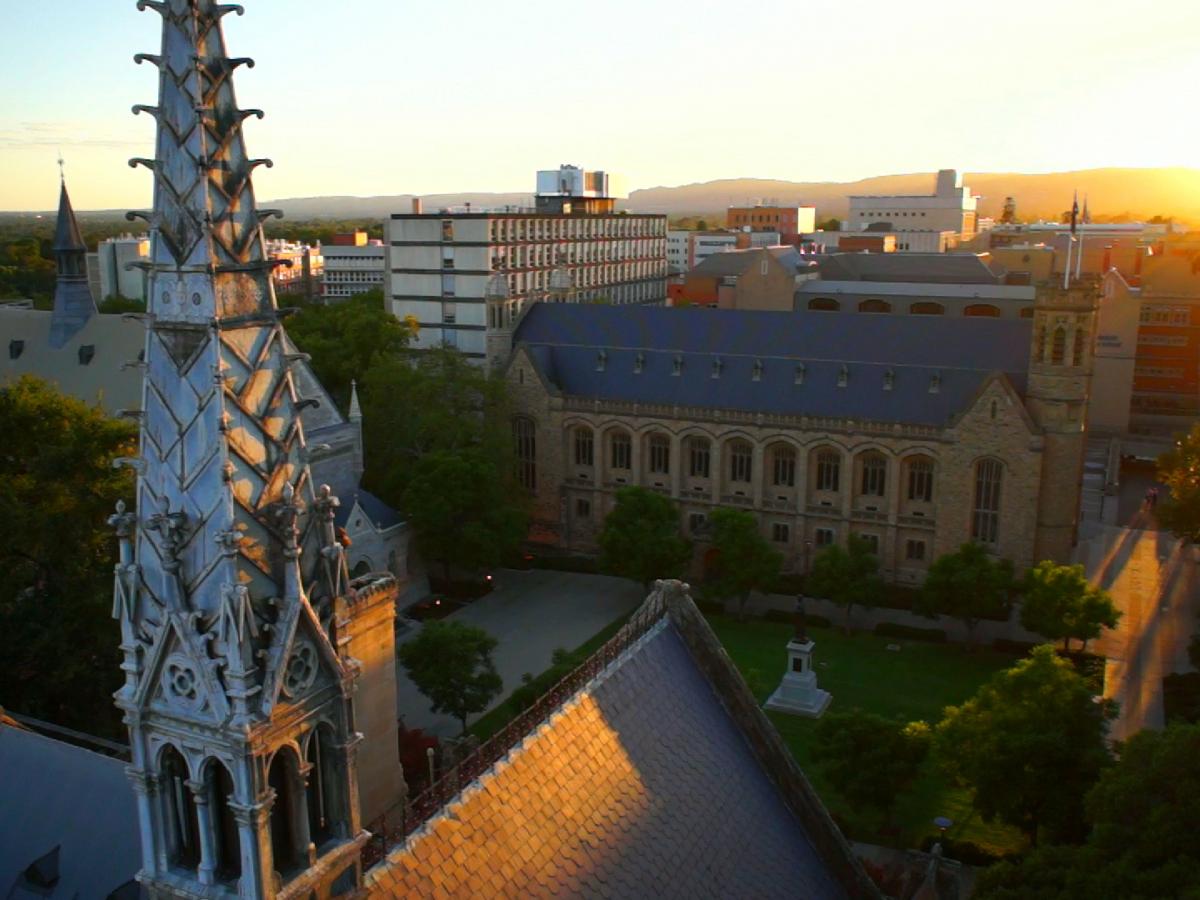
Gaden Monastery stands as a beacon of Tibetan Buddhism, rich in history and spiritual significance. Founded in 1409 by Je Tsongkhapa, this monastery is one of the three great Gelug university monasteries of Tibet. Nestled in the serene hills of Dagze County, it serves as a center for learning, meditation, and monastic life. The monastery has weathered many storms, including the Cultural Revolution, yet it remains a symbol of resilience and devotion. Gaden Monastery is not just a place of worship; it’s a living testament to the enduring spirit of Tibetan culture and religion. Whether you're a history buff, a spiritual seeker, or just curious, the story of Gaden Monastery offers a fascinating glimpse into a world of tradition and faith.
Gaden Monastery: A Glimpse into History
Gaden Monastery, one of the great Tibetan Buddhist monasteries, holds a rich history and cultural significance. Founded in the early 15th century, it has been a center for learning and spiritual practice.
-
Founded in 1409: The monastery was established by Je Tsongkhapa, a prominent Tibetan Buddhist scholar and teacher.
-
Located in Tibet: Initially built in the Lhasa region, it now has branches in India due to political changes.
-
Name Meaning: "Gaden" translates to "joyful" in Tibetan, reflecting the monastery's spiritual atmosphere.
-
Gelug School: It is the first and principal monastery of the Gelug school of Tibetan Buddhism.
Architectural Marvels
The architecture of Gaden Monastery is a blend of traditional Tibetan styles and intricate designs. Each structure within the monastery tells a story of devotion and craftsmanship.
-
Main Assembly Hall: The grand hall can accommodate thousands of monks for prayers and ceremonies.
-
Stupas and Shrines: Numerous stupas and shrines are scattered throughout, each dedicated to different deities and teachers.
-
Murals and Thangkas: The walls are adorned with beautiful murals and thangkas depicting Buddhist teachings and deities.
-
Library: Houses ancient manuscripts and texts, some of which date back to the time of its founding.
Spiritual Practices and Education
Gaden Monastery is not just a place of worship but also a center for rigorous academic and spiritual training.
-
Monastic University: Offers extensive courses in Buddhist philosophy, debate, and meditation.
-
Daily Rituals: Monks engage in daily rituals, including chanting, meditation, and offering ceremonies.
-
Annual Debates: Known for its annual debate competitions, where monks test their knowledge and understanding of Buddhist texts.
-
Pilgrimage Site: Attracts pilgrims from around the world who seek blessings and spiritual growth.
Cultural Significance
The monastery plays a vital role in preserving Tibetan culture and traditions. It serves as a beacon of hope and resilience for the Tibetan community.
-
Tibetan New Year: Celebrates Losar, the Tibetan New Year, with grand festivities and rituals.
-
Art and Craft: Monks are skilled in traditional Tibetan arts, including mandala creation and butter sculpture.
-
Music and Dance: Hosts performances of traditional Tibetan music and dance during festivals.
-
Language Preservation: Plays a crucial role in preserving the Tibetan language through its teachings and texts.
Modern-Day Challenges and Resilience
Despite facing numerous challenges, Gaden Monastery continues to thrive and adapt to changing times.
-
Relocation to India: After the Chinese invasion of Tibet, many monks relocated to India, establishing a new Gaden Monastery in Karnataka.
-
Cultural Preservation: Efforts are ongoing to preserve Tibetan culture and traditions in exile.
-
Global Outreach: The monastery has established connections with Buddhist centers worldwide, promoting Tibetan Buddhism globally.
-
Educational Programs: Offers educational programs for laypeople, spreading knowledge about Buddhism and Tibetan culture.
Final Glimpse at Gaden Monastery
Gaden Monastery stands as a testament to Tibetan Buddhism's rich history and cultural significance. Founded in 1409 by Je Tsongkhapa, it has weathered centuries of change and conflict. The monastery's architecture, with its intricate designs and vibrant colors, reflects the spiritual dedication of its monks. Home to the Gelug school, Gaden has produced many influential scholars and leaders. Despite facing destruction during the Cultural Revolution, it has been lovingly restored, continuing to serve as a beacon of faith and learning. Visitors today can witness the daily rituals, explore the vast library, and immerse themselves in the serene atmosphere. Gaden Monastery isn't just a historical site; it's a living, breathing symbol of resilience and devotion. Whether you're a history buff, a spiritual seeker, or just curious, Gaden offers a unique glimpse into a world where tradition and spirituality intertwine.
Was this page helpful?
Our commitment to delivering trustworthy and engaging content is at the heart of what we do. Each fact on our site is contributed by real users like you, bringing a wealth of diverse insights and information. To ensure the highest standards of accuracy and reliability, our dedicated editors meticulously review each submission. This process guarantees that the facts we share are not only fascinating but also credible. Trust in our commitment to quality and authenticity as you explore and learn with us.


